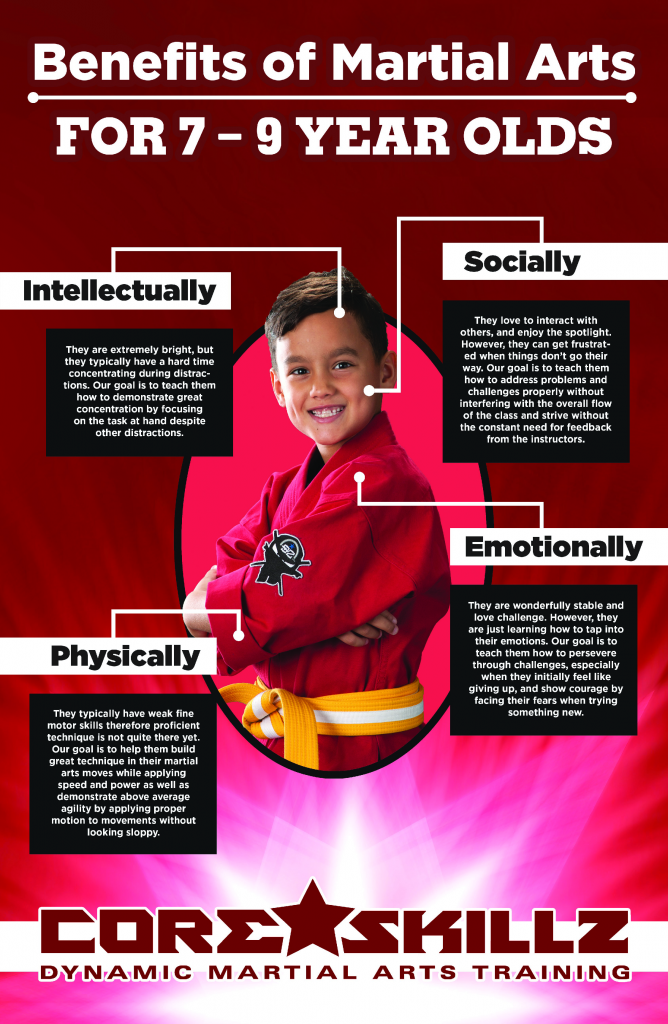The Advancement And Historical Context Of Martial Arts Worldwide
The Advancement And Historical Context Of Martial Arts Worldwide
Blog Article
Content By-Hess Fallon
Martial arts have an interesting background that spans centuries and continents. You might locate it interesting how ancient methods like Shuai Jiao and Kalaripayattu prepared for modern-day battle strategies. These disciplines not just stress physical skills however additionally mirror the cultures that birthed them. As you discover their evolution, consider how globalization has transformed these typical forms into hybrid styles. What influences do you assume have shaped today's martial arts landscape?
Ancient Martial arts: The Foundations of Fight
As you delve into the world of old martial arts, you'll uncover the rich foundations that formed fight methods across societies. informative post focused on Self-Defense and survival, commonly including strikes, hurting, and weapons.
In ancient China, for example, methods like Shuai Jiao stressed tosses and joint locks, while India's Kalaripayattu showcased dexterity and fluid movement. Japanese samurai developed Kenjutsu, a refined swordsmanship that highlighted discipline and strategy.
These martial arts offered not just for fight but also as a way of individual advancement, instilling values like respect and determination. The mixing of these techniques gradually laid the groundwork for the diverse martial arts you see today, each showing the distinct philosophies and demands of its society.
The Cultural Influence on Martial Arts Development
While martial arts usually reflect the practical demands of a society, they likewise embody the social worths and beliefs of their beginnings. When you check out different martial arts, you'll see just how they're influenced by religious beliefs, approach, and social norms.
For instance, the emphasis on respect and self-control in Japanese martial arts comes from Zen Buddhism and samurai society. In contrast, Brazilian Jiu-Jitsu promotes adaptability and approach, formed by the demand for efficiency in a varied, multicultural environment.
You might find that the routines, attires, and training techniques mirror a neighborhood's history and identification. By recognizing these social influences, you strengthen your gratitude of martial arts and their role fit human experiences across the globe.
Modern Adaptations and the Globalization of Martial arts
Martial arts have actually changed considerably in current years, adapting to modern society and global influences. what is best martial art for street fighting 'll discover that traditional forms have blended with contemporary strategies, creating hybrid styles like mixed martial arts. These adjustments satisfy diverse audiences, making martial arts easily accessible and appealing globally.
With the surge of social media and digital platforms, you can discover tutorials and competitions from all corners of the globe, damaging geographical obstacles. This globalization has actually caused a shared gratitude for different self-controls, from Brazilian Jiu-Jitsu to Taekwondo.
As you involve with these arts, you'll recognize they're not almost combat; they promote health and fitness, discipline, and psychological health.
Eventually, modern adjustments have enhanced the martial arts landscape, making it a dynamic and advancing technique.
Conclusion
In checking out the history and advancement of martial arts, you reveal an interesting mix of strategies, cultures, and viewpoints. From ancient techniques like Shuai Jiao and Kalaripayattu to the modern adaptability seen in mixed martial arts, martial arts reflect mankind's mission for Self-Defense and individual development. As you engage with these methods, you not just gain skills yet also a deeper appreciation for the varied customs that shape our world today. So, continue your journey and embrace the art of battle!
